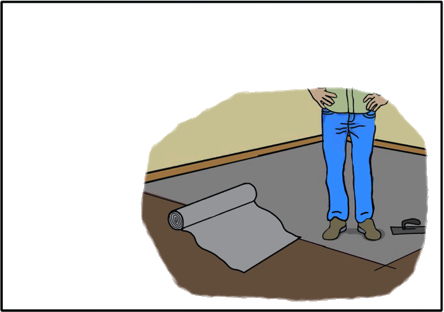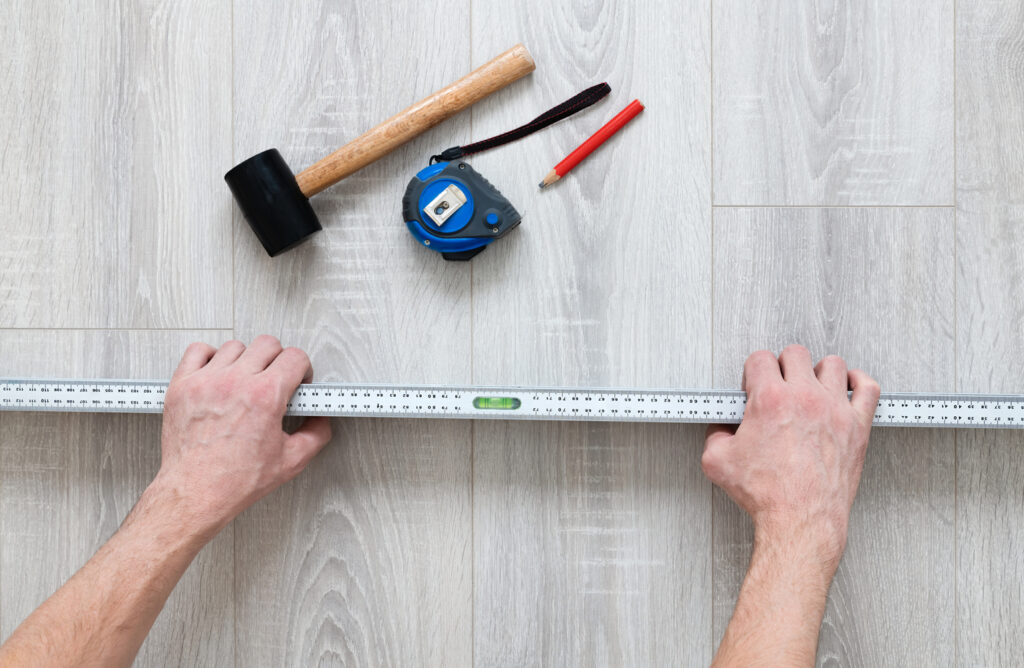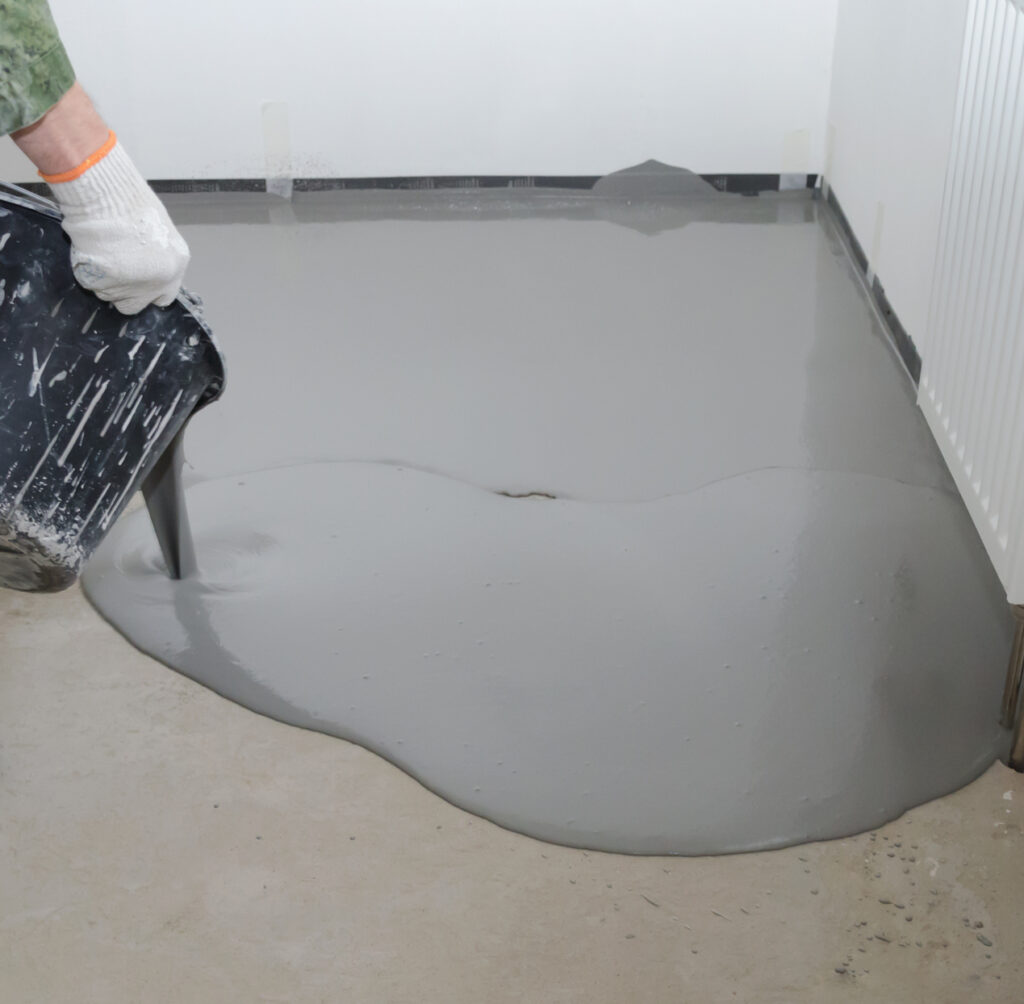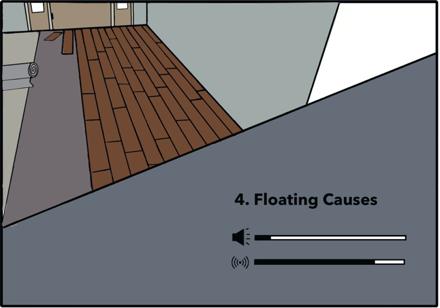Experiencing a sensation of undulation or a slight up-and-down movement after installing flooring, particularly within floating floor systems, is a scenario that homeowners might encounter. This condition arises chiefly from the defining nature of floating floors, which, unlike traditional flooring, are not affixed directly to the subfloor. Instead, these floors rest upon it, maintained in place through a system of interlocking (Clicklock) or adhesive connections between the planks.
However, this installation method’s adaptability also introduces sensitivity to the subfloor’s condition. A subfloor that is not perfectly level can cause the floating floor to replicate any irregularities present, resulting in perceptible undulations. These can manifest as slight movements or unevenness underfoot, particularly in areas where the subfloor has inconsistencies such as dips or peaks.


While minor fluctuations in the floor level are typically within normal expectations and don’t necessarily signal a problem, pronounced unevenness or movement could be symptomatic of more significant issues. Such conditions not only detract from the floor’s aesthetic and functional qualities but could also, over time, lead to wear or damage, necessitating repairs or adjustments to preserve the flooring’s longevity and appearance.
Addressing these challenges starts with meticulous subfloor preparation. Ensuring the subfloor is as level as possible prior to installation can greatly reduce the potential for undulation. Techniques such as using self-leveling underlayment, sanding high points, or filling in low points are effective ways to create a more consistent base for the floating floor. Additionally, choosing the right underlayment can provide a smoother surface for the flooring to rest on, further mitigating the effects of any residual subfloor irregularities.


Moreover, during installation, maintaining adequate expansion gaps around the room’s perimeter and around any fixed objects is crucial. These gaps accommodate the natural expansion and contraction of the flooring material, helping to prevent buckling or gaps that could exacerbate the sensation of movement.
Recognizing that some level of undulation is inherent to floating floor systems, especially over less-than-perfect subfloors, is essential for homeowners. With proper planning, preparation, and installation, it is feasible to minimize these effects, enabling the enjoyment of a beautiful, stable, and long-lasting floating floor.




